As they might say about art, there are people who don’t know much about SUVs but know what they like. That is, something that looks like an SUV but not offensively so, and one that looks expensive enough without forcing them to save money by changing their supermarket. That’ll be the Honda CR-V, then, and specifically, the Mk4 that ran from 2012 to 2018.
It came from good stock. Mk1-Mk3 CR-Vs were capable and well-regarded soft-roaders in a market still getting its head around the breed. By 2012, however, car buyers had completely bought in to the SUV concept and were drowning in choices. The Mk4 CR-V had its work cut out, a task not helped by Honda’s apparent refusal to advance the model much beyond its immediate predecessor. Someone must have said something, though, because in 2015 it received a comprehensive facelift. The Mk4 CR-V may have been no Volkswagen Tiguan, at least to drive, but it basked in Honda’s reputation for building quality cars that hold their value, and for many buyers that was, and remains, quite enough, thank you.
It was launched in two- and four-wheel-drive forms and with a choice of two engines: a 2.2 i-DTEC diesel, which produces 148bhp, and a 2.0 i-VTEC petrol. The latter makes 153bhp, but the diesel answers with a muscly 258lb ft compared with the petrol’s measly 142lb ft. If you have something to tow, the 2.2 i-DTEC is the one to go for. However, if you live in or near London or any other ULEZ area, think twice because, carrying a Euro 5 emissions rating, it attracts the onerous entry charge.
Automatic transmission was an option with both engines. In 2013, the 2.2 i-DTEC was joined by the new 1.6 i-DTEC, producing 118bhp and 221lb ft. Offered only with two-wheel-drive, its selling points were low emissions of 119g / km CO2 and an official combined economy figure of 62.8mpg.
With the 2015 facelift, the CR-V Mk4 gained a new nose (pictured below) similar, in fact, to that of the present model, along with a refreshed tailgate and rear bumper. The 2.0 i-V TEC continued, while for four-wheel-drive models, in either automatic or manual form, a second 1.6 i-DTEC boosted to 158bhp and 258lb ft replaced the 2.2 i-DTEC. However, if you can live with two-wheel drive, the 118bhp 1.6 i-DTEC is cheaper and more plentiful. A surprising fact about the 1.6 i-DTEC is that in pre-facelift cars it meets only Euro 5 standards so, as with the 2.2 diesel, it attracts London’s ULEZ charge. Thankfully, the 1.6 was uprated to Euro 6 in the 2015 facelift.
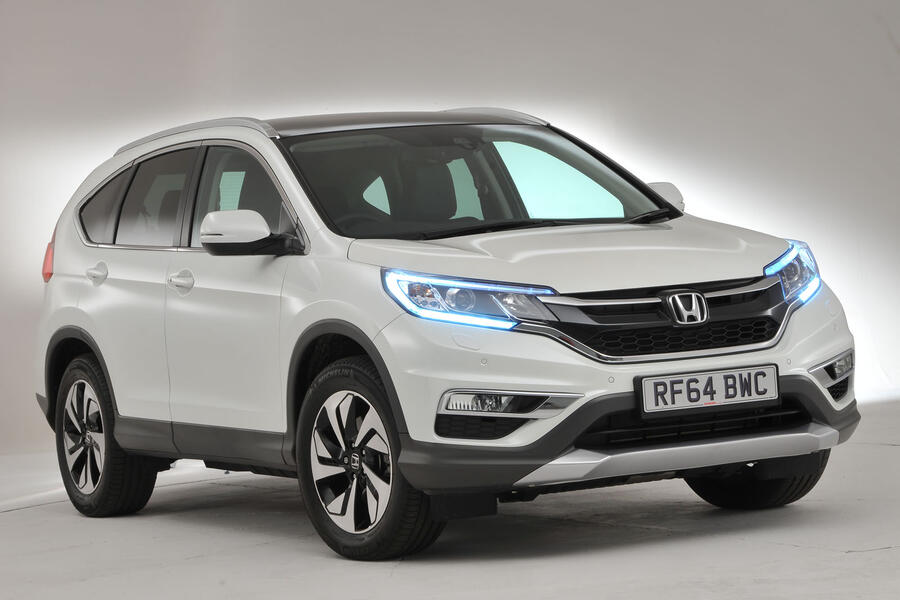


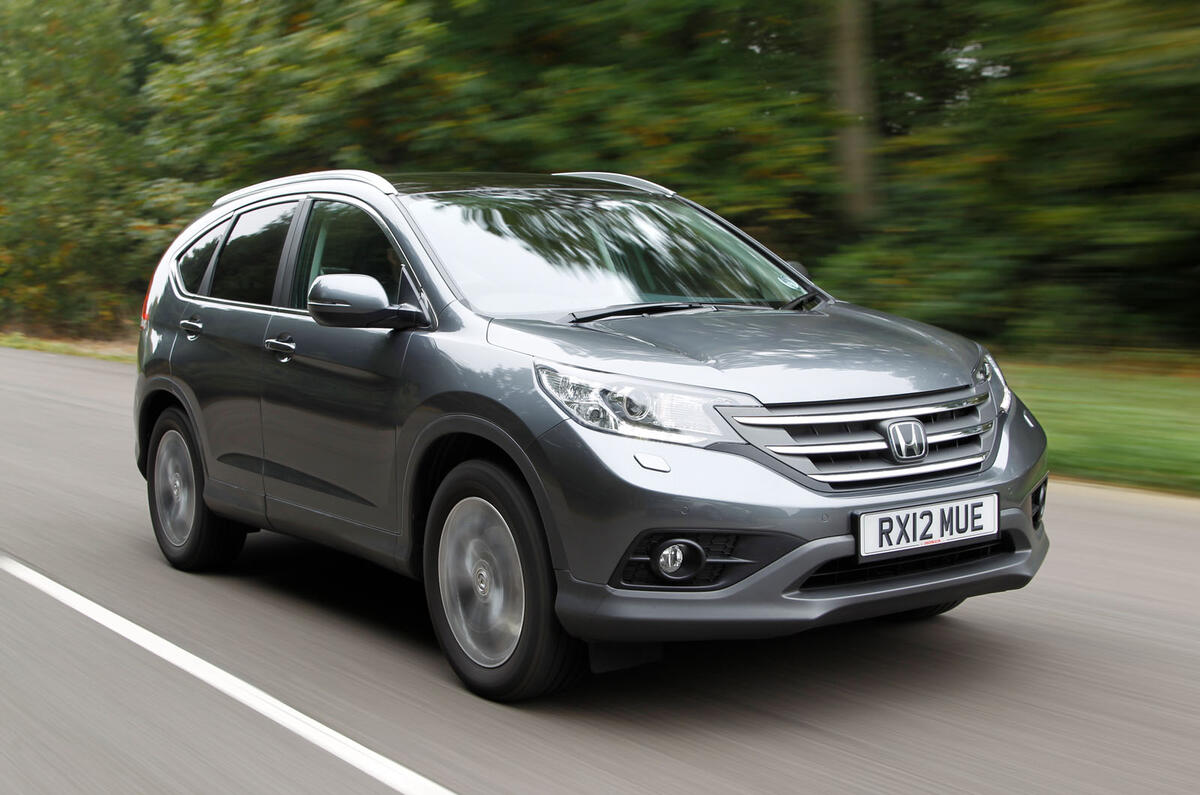

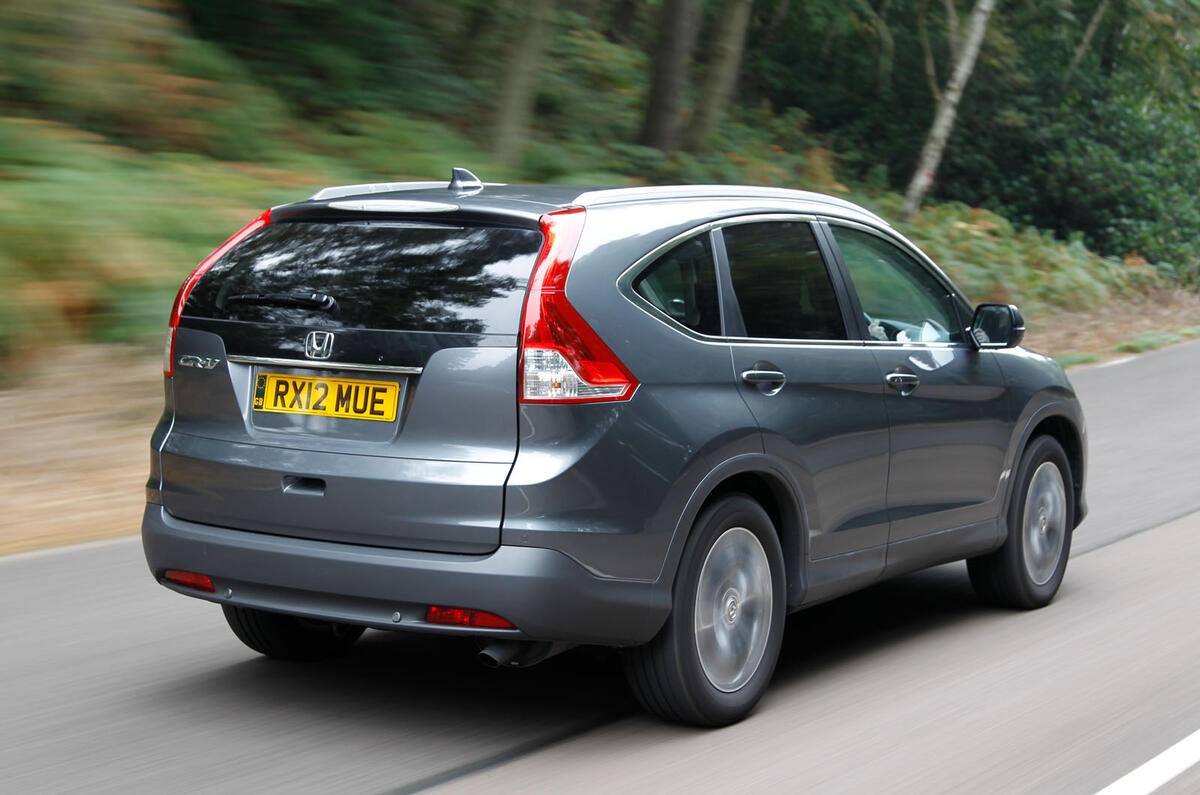







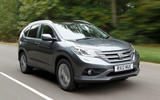










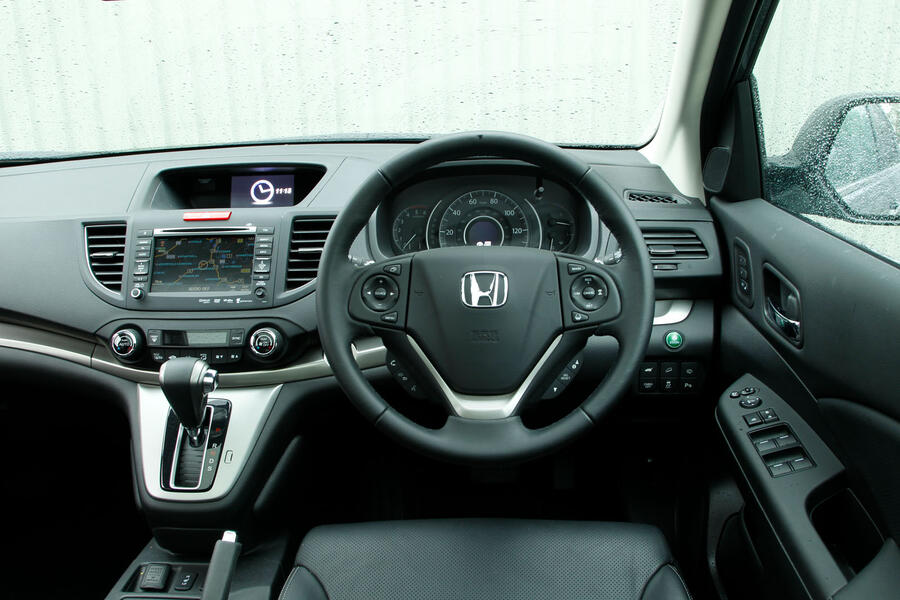
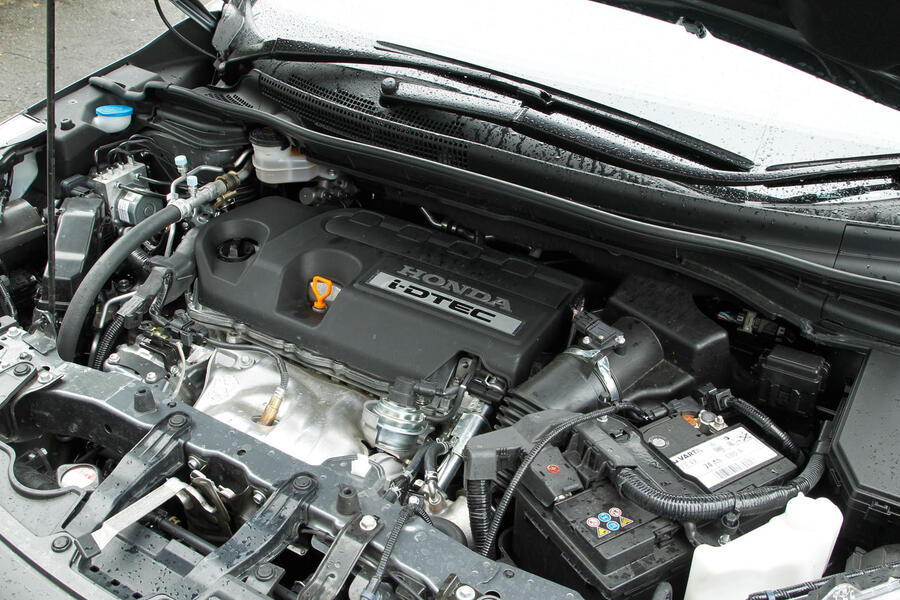
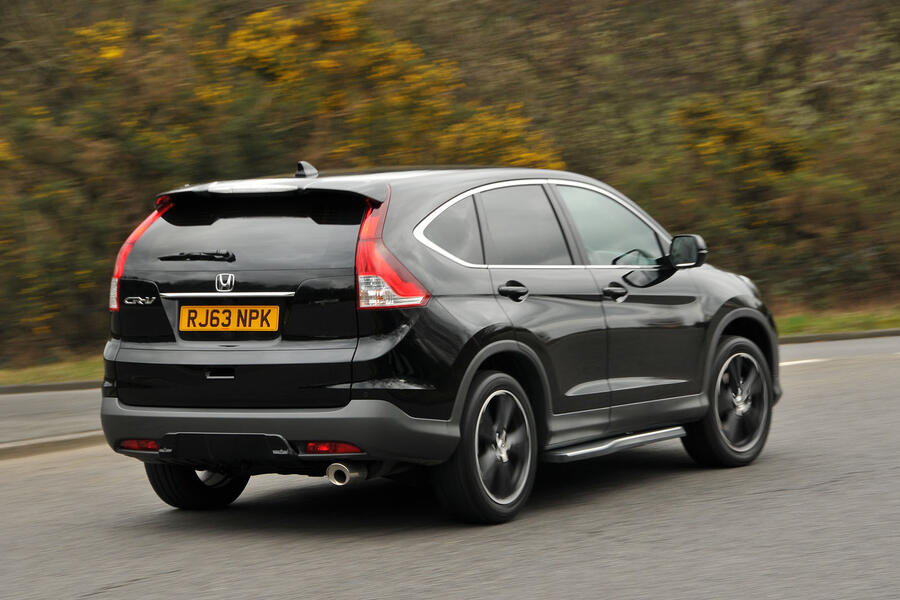
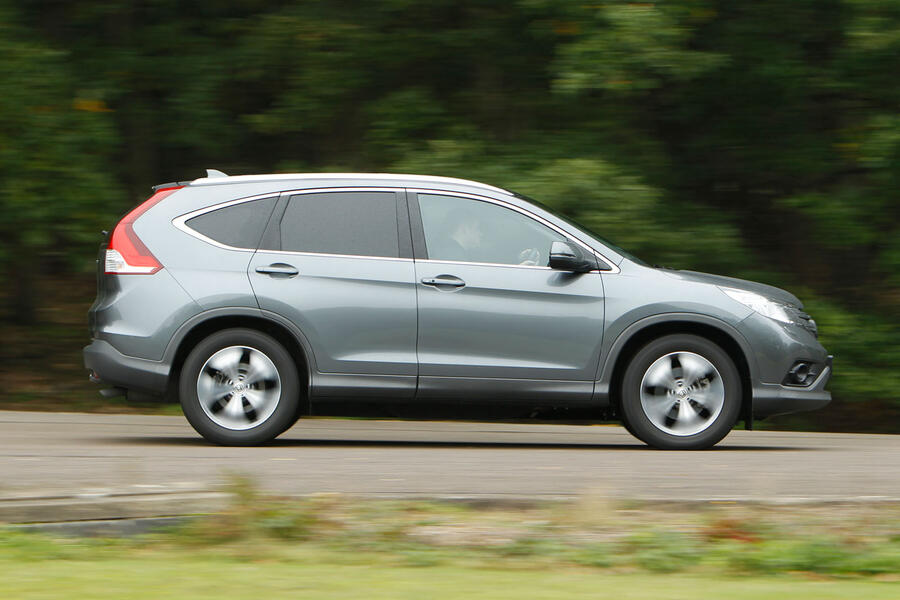


Add your comment